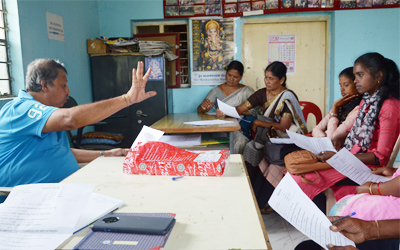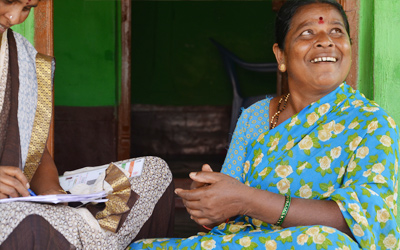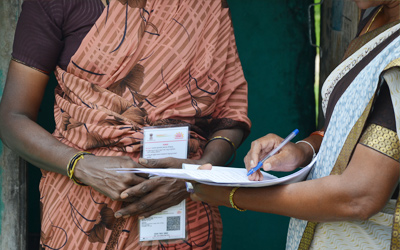
Winner with criminal case; 44% rise since 2009
Winners with serious criminal case (rape, murder, attempt to murder, kidnapping, crimes againts women); 109% rise since 2009
Winning chances for a candidate with criminal case
Winning chances for a candidate with clean backgound
Crorepati winners
Average assets of winners
Winner chances for a crorepati candidate
Winner chances for a candidate with
assets less than Rs 1 cr
States where 100% winners are crorepati
Declared income by 7 national parties in FY 2019-20
Declared expenditure by 7 national parties in FY 2019-20
Income from donations through electoral bonds
Income from donation/contributions
Income from other sources
Source: Association for Democratic Reforms; Lok Sabha Election 2019; Analysis of Criminal Background, Finanical , Education, Gender and other details of winners. National Election Watch and Association for Democratic Reforms have analysed the analysed the self-affidatits of 539 out of 542 Winners in the Lok Sabha 2019 Elections. Analysis of income and expenditure of national political parties for FY 2019-20: Report by Association for Democratic Reforms.
Changing the way people vote is a colossal and formidable challenge in India, a country where majority of voters hail from rural and remote areas and hence are largely uneducated and ignorant. Initiating and fostering a purposeful discourse with them about Voting the right way calls for a painstakingly focused and sustained approach.

India has around 6.5 lakh villages and about 2,50,000 gram panchayats, so it becomes imperative to focus on them to bring any political and democratic reform in real sense. A serious effort to document the voting pattern, issues and candidates in panchayat elections will go a long way in bringing positive behavioural changes in rural voters, which will eventually influence the voting pattern of the districts, states and the entire country. We need to follow the 'rural to urban' model for a widespread impact.

Our research has revealed that voters tend to support criminal candidates in constituencies marked by 1) social divisions based on caste, creed and religions and 2) governmental inefficiencies in delivering fair and transparent citizen services, dispensing justice, or providing adequate security.
Hence, we need to organize a series of focused rural campaigns to sensitize rural voters on why caste, creed, religion, momentary gains and freebies should not be the basis of their invaluable votes. Persuasive and persistent effort is required to help them internalize the fact that citizen votes must be necessarily cast on the basis of key issues towards electing genuine candidates with clean records and clear conscience, rather than placing faith in people with shady pasts and suspect motives for five long years, only to lament in hindsight.

Clearly, it is time to shift focus on the women of rural India to make them the vehicles of community-wide change. It's important to identify competent and conscientious women leaders from among rural households and make them aware about political accountability, as also their voting rights and responsibilities. An informed and transformed woman can change the perception of the entire family, as also the community. A growing talent pool of rural women leaders will also pave the way for more women candidates contesting polls going forward.

With mobile penetration in India set to cross 95% by 2023, cell phones have today become the most efficient and effective means of community-wide communication. The rural share of mobile and internet connections has also seen a steady rise over the years as around 36% of the Indian rural population are smartphone users. Undoubtedly, cell phones can be made potent carriers of key messages focused on democratic and political reforms, thereby making rural India aware of the pressing need to set right their voting right.


